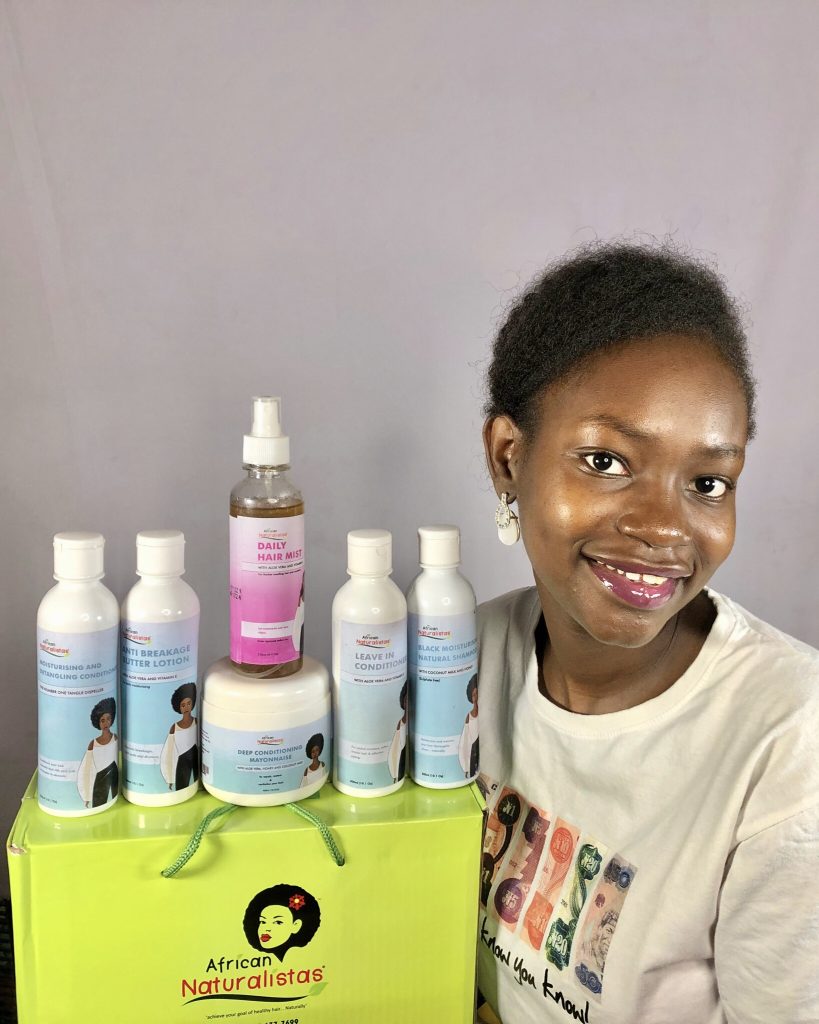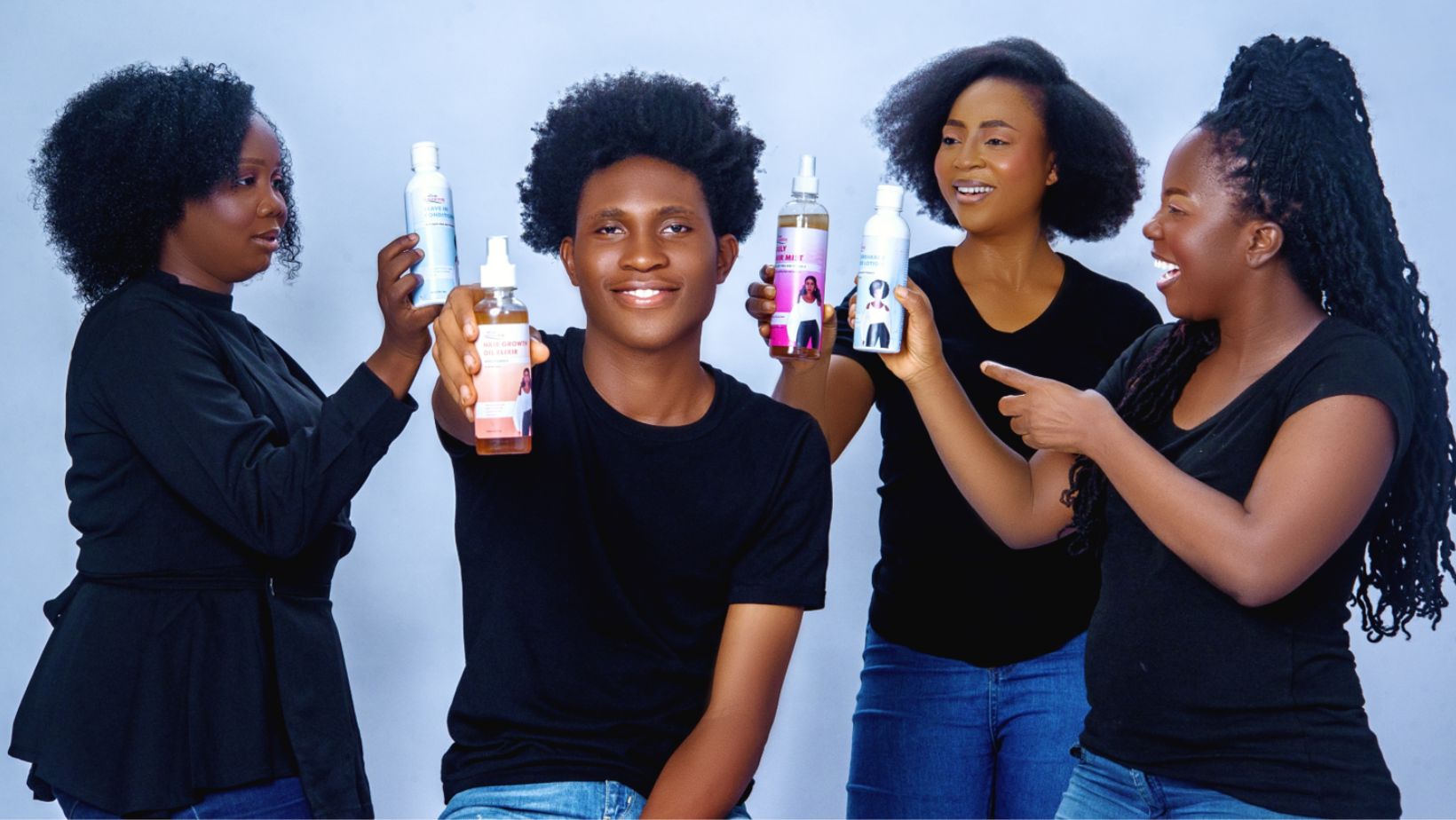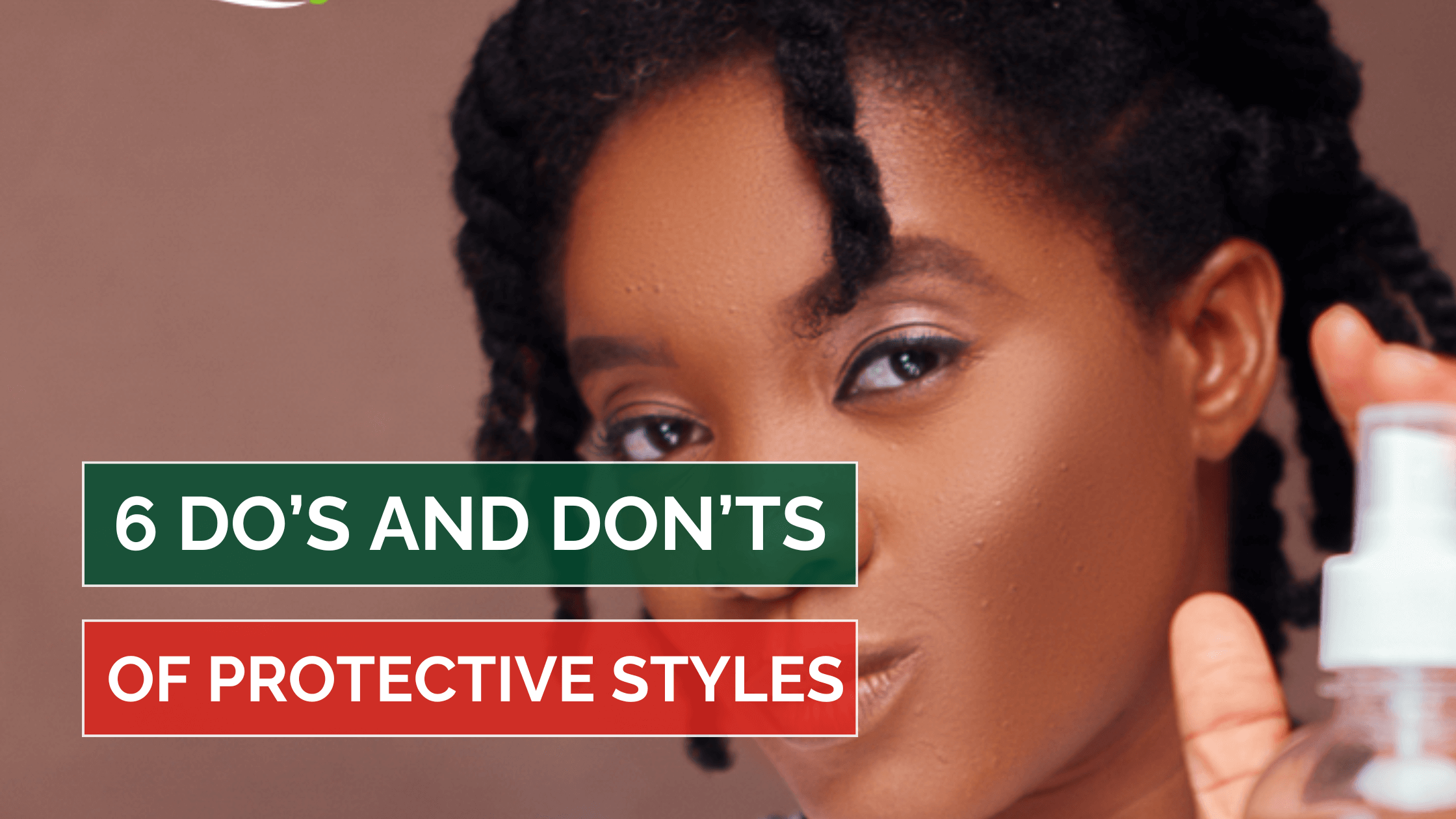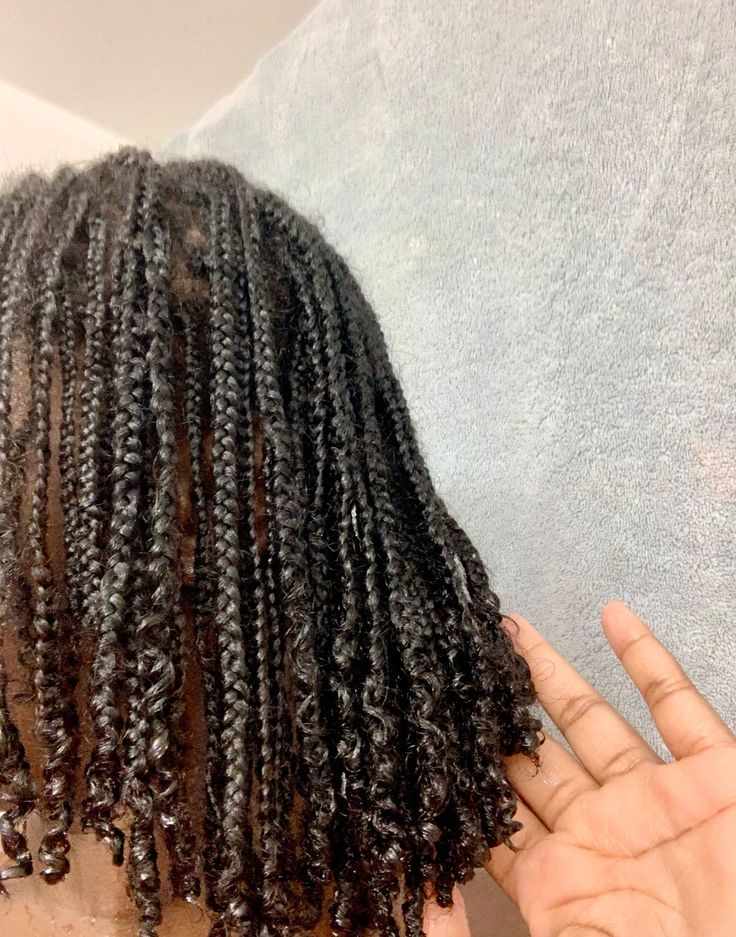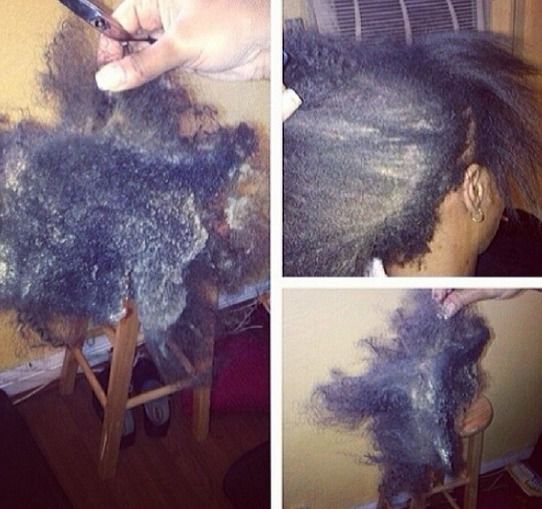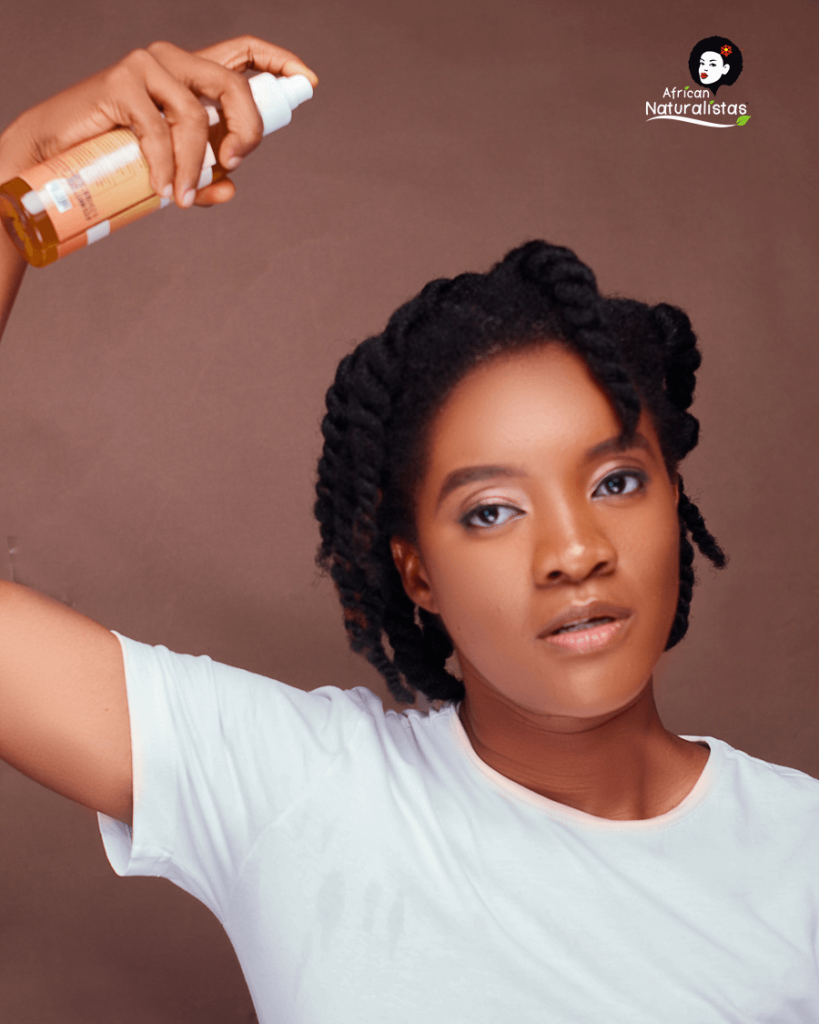If you are a hair lover like me, you know that protective styles are a game-changer. Whether it’s box braids, twists, or cornrows, protective styles are meant to do exactly what their name suggests—protect your hair while promoting growth and reducing manipulation. But here’s the thing: not every protective style is created equal. Done the wrong way, protective styles can actually lead to the exact opposite of what we want—breakage, thinning, and dryness.
So, let’s talk about the do’s and don’ts of protective styles to help you nurture your beautiful kinks and coils without setbacks.
The Do’s of Protective Styles for Afro Hair
1. Do Choose Low-Tension Styles
Not all protective styles are created equal. Tight braids and weaves can wreak havoc on your edges, causing tension that can lead to traction alopecia—a condition where the hair follicles get damaged, resulting in permanent hair loss. Opt for low-tension styles like loose twists, jumbo braids, or even a wig, as long as the wig cap is breathable. Styles like these are easy on your scalp and won’t put excessive pressure on your hairline.
For example, if you're getting box braids, make sure they aren’t too small or heavy. Smaller braids may look chic, but they often create more tension at the root, which can cause damage over time. Likewise, if you prefer wigs, choose a satin-lined cap to minimise friction on your edges.
2. Do Moisturize and Hydrate Regularly
One of the most common mistakes with protective styles is thinking that because your hair is tucked away, it doesn’t need moisture.
Wrong! Even with your hair in a protective style, it can still dry out, especially in braided styles where the hair is tightly packed.
Use a light, water-based leave-in like the African Naturalistas Daily Hair Mist to spritz your hair every few days. Focus especially on your scalp and the length of your hair (underneath the extensions or braids).
Follow up with a lightweight oil like African Naturalistas Hair Growth Oil to seal in the moisture and protect your hair from drying out.
3. Do Prep Your Hair with Strengthening Treatments
Before installing any protective style, deep conditioning is a must, but even more important is a protein treatment.
Afro-textured hair tends to be fragile, and when it’s under tension for weeks at a time, it’s prone to breakage.
A good protein treatment strengthens your hair by filling in the gaps in your hair shaft, giving your hair the extra support it needs.
We recommend doing a protein treatment every 4-6 weeks. This will help fortify your strands, reducing the likelihood of breakage when your hair is styled.
4. Do Take Down Your Style Carefully
The takedown process is just as crucial as the installation.
Many women lose length simply because they’re not gentle when removing braids or twists.
Detangle gently with your fingers first before using a wide-tooth comb, and make sure to apply a detangling conditioner like the African Naturalistas Moisturizing and Detangling Conditioner. This will help you slide through knots without tugging on your hair.
The Don’ts of Protective Styles for Afro Hair
1. Don’t Keep Your Styles in for Too Long
Leaving your braids or twists in for months might seem like a low-maintenance option, but it’s not doing your hair any favours.
After about 4-6 weeks, product buildup, sweat, and natural oils accumulate on your scalp, clogging your pores and stunting hair growth.
Plus, leaving the style in too long can result in matting and tangling at the roots, making it harder to take down without causing breakage.
To be safe, schedule a takedown every 6 weeks, and always give your hair a break before jumping into another style. Your scalp and hair need to breathe!
2. Don’t Ignore Your Scalp Health
While your hair is tucked away, your scalp is still exposed and requires attention.
If you experience an itchy or flaky scalp, that’s a sign that your scalp needs nourishment and moisture. A dirty or dry scalp is a breeding ground for fungal infections and irritation, which can impede your hair growth.
To keep your scalp happy, clean it with a dry shampoo. This will help soothe irritation and prevent bacteria from building up.
3. Don’t Add Extensions Without Moisturizing
Adding synthetic hair to your natural hair can be drying because most synthetic hair tends to suck moisture out of your strands.
To prevent this, coat your natural hair with a hydrating leave-in like the African Naturalistas Moisturizing Leave-in Conditioner before braiding or twisting.
Also, be sure to soak synthetic hair in apple cider vinegar before installation.
This removes the alkaline coating, which often causes irritation and itchiness in the scalp, reducing the risk of an itchy or inflamed scalp.
4. Don’t Neglect Your Nighttime Routine
Even with protective styles, your nighttime routine matters! Always wrap your hair with a satin or silk scarf, or sleep on a satin pillowcase to minimize friction. Cotton pillowcases absorb moisture from your hair and cause breakage due to the friction. If you don’t like wrapping your hair, a satin pillowcase is your best friend!
Common Protective Styling Mistakes to Avoid
- Skipping a protein treatment: Healthy hair thrives on moisture, but protein treatments help to strengthen your hair and prevent breakage during protective styling. Don't forget this crucial step before installing any style.
- Overloading on products: While it’s important to keep your hair and scalp moisturized, be cautious of buildup. Too much product, especially heavy creams or oils, can clog your scalp and stunt hair growth.
- Ignoring your hair after the style is installed: Protective styles are not a "set it and forget it" method. Regularly moisturize your hair with a leave-in spray like the African Naturalistas Daily Moisture Spray to keep it hydrated underneath.
How Protective Styles Help You Retain Length
The whole point of protective styles is to protect, but also to retain the length you’ve worked so hard to grow. When done correctly, protective styles are fantastic for length retention. By reducing daily manipulation (brushing, combing, styling), you lower the chances of breakage. The key is to care for your hair while it’s in a protective style. Moisturise regularly, keep your scalp clean, and ensure you’re not putting too much tension on your hairline.
Take Your Protective Styles to the Next Level
If you’re serious about growing long, healthy hair, protective styles can be your best friend—if you treat your hair with care before, during, and after styling.
From proper prep with deep conditioning and protein treatments to maintaining moisture while your hair is styled, following these do’s and don’ts can transform the way you approach protective styles.
Ready to start growing your Afro hair the right way? The African Naturalistas Styling Made Easy Set has all the essentials to make your protective styling journey seamless.
From our Deep Conditioner to our Hair Growth Oil and Moisturizing Leave-in Conditioner, these products are formulated to help your hair thrive—whether it's in braids, twists, or a simple low-manipulation style.
You can also get any of these products that will help you rock protective styles by sending us a message on WhatsApp with this link.
